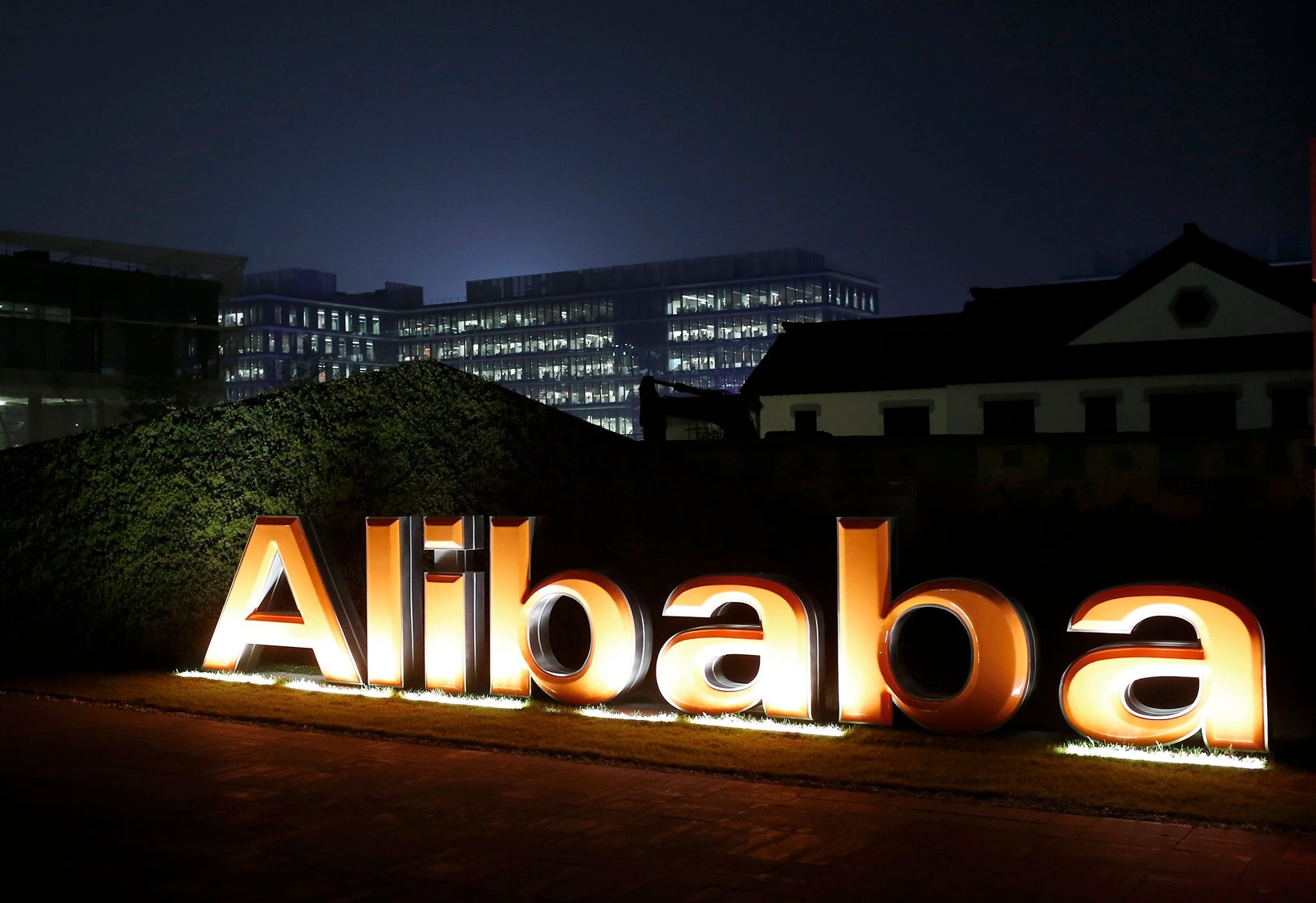Alibaba’s future, mapped
Alibaba is many things, but perhaps its highest-profile endeavor is Singles Day, the largest shopping day of the year. In just six years, Alibaba has seen sales figures tied to that one day increase fifteenfold.


Alibaba is many things, but perhaps its highest-profile endeavor is Singles Day, the largest shopping day of the year. In just six years, Alibaba has seen sales figures tied to that one day increase fifteenfold.
The company recorded $31 billion in sales last November 11th. To put that in perspective, here are some other things that are in that neighborhood—all of which took more than 24 hours to achieve.
Besides e-commerce, Alibaba is also trying to become one of the world’s key cloud-infrastructure providers. Currently, the cloud division only accounts for 7% of Alibaba’s overall revenue, but that figure grew 93% from the previous year. At home, Alibaba is the dominant cloud provider, capturing around 50% of the Chinese market. Internationally, however, Alibaba trails industry leader Amazon (but then, so does everyone else).
Alibaba’s financial division, named Ant Financial, is the source of the company’s wildly successful Alipay digital-payments system. Between it and competing payment system WeChat Pay from rival Tencent (which has been seeing explosive growth), China is rapidly becoming a cashless society.
In a fundraising round in June of 2018, Ant was valued at around $150 billion. An IPO has been anticipated, but Alibaba has repeatedly delayed the listing. If and when it happens, Ant Financial will immediately become one of the largest financial firms in the world.
Alibaba’s diversification has sometimes taken a toll on the company’s stock price, as spending billions on brick-and-mortar retail locations gives some investors pause. They may prefer to put their money with Tencent, which is less asset-heavy and focuses on more purely digital products like video games, messaging, music, and payment. Of course, both companies trail behind Amazon, but this game has only just started.